sit, stay, yay! — basic obedience training for puppies
Improve your puppy’s manners
Puppies love to explore new behaviors like barking, scratching, biting, digging, chewing, escaping, and running away. Don’t get discouraged! You need to establish what is and is not acceptable behavior for your puppy. A well-behaved dog that responds to basic commands is a great dog to have around.
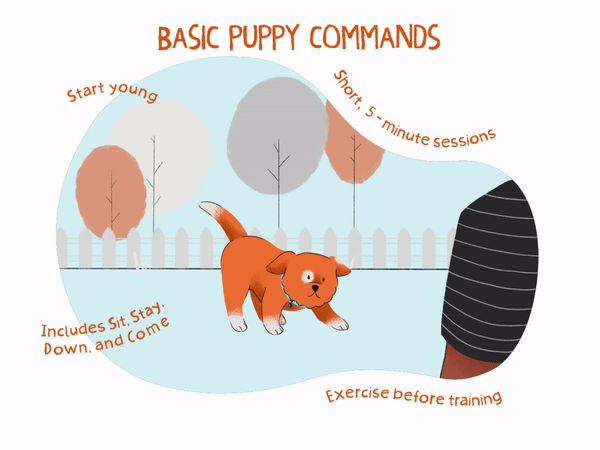
Once you start, stay on track
Your fun-loving, happy puppy is definitely open to learning what you expect in your life together. Here are some tips for success:
- Consistency is the key to training success
- Training works best in a calm, distraction-free environment with positive reinforcement
- Start with short sessions, like 2-5 minutes, at the start
- Exercise your pup before training to help them focus their attention
Mastering the 4 basics
There are four basic commands: “sit,” “stay,” “down,” and “come.” Use a few small treats to encourage your pup to perform these basic commands. Once they master a skill, food rewards will not be needed as often.
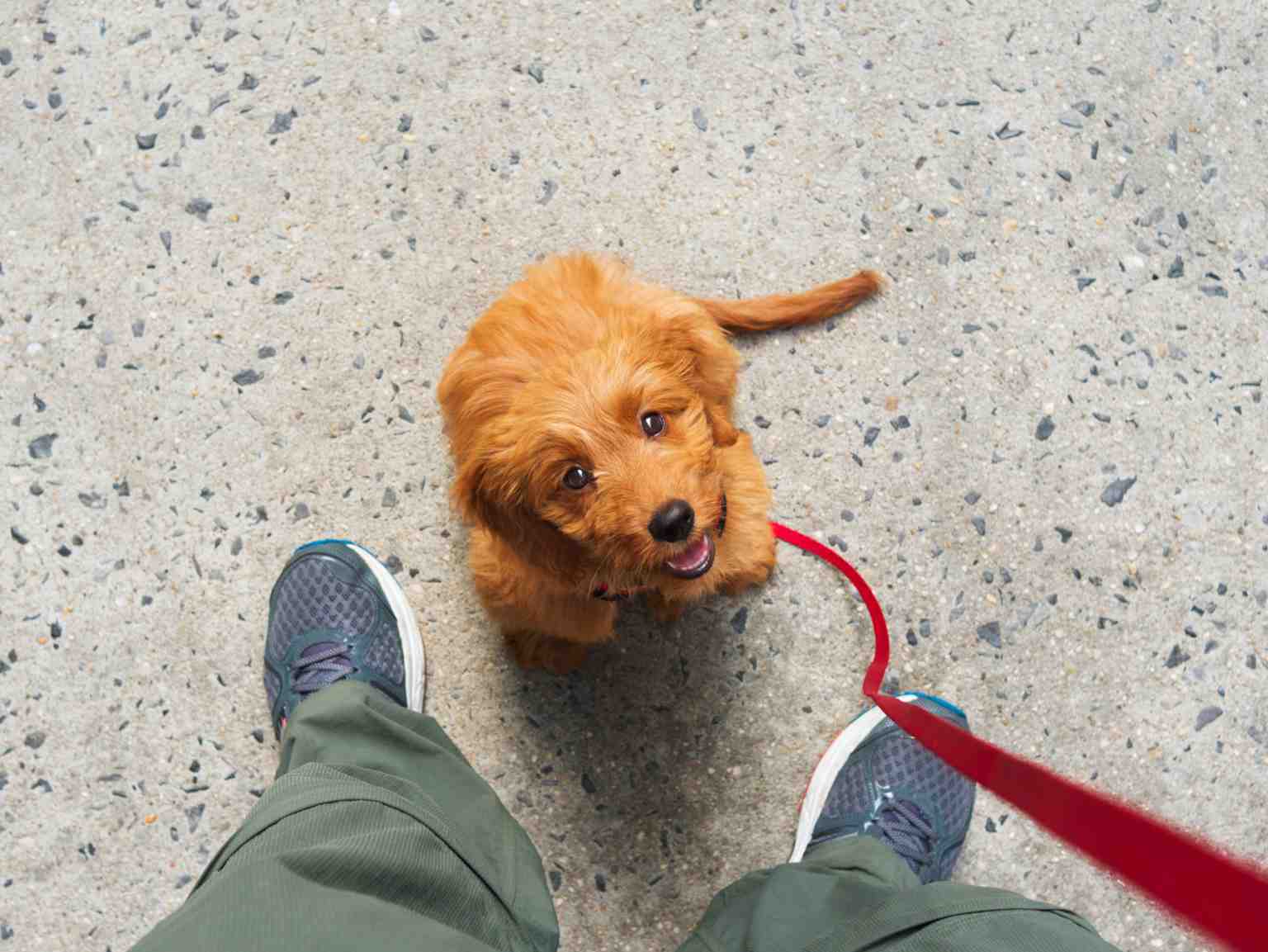
Sit
Hold a treat by your puppy’s nose to get their attention. Gradually raise the treat upwards, so they lift their head, while you say “sit.” This will naturally encourage them to plonk on their bottom. Only use the command once, because you want your puppy to respond the first time a command is given. When your pup sits, reward them with plenty of love and praise!
Stay
Once your puppy consistently responds to “sit,” you can add “stay.” Hold an outstretched palm in front of your pup with the command to “stay.” Again, only say the command one time. Your puppy should stay until you use another command or release your hand. You can break the stay by using a word like “break”, “okay,” or “let’s go.” Pick a word that’s not used in casual conversation to avoid confusing your pup.
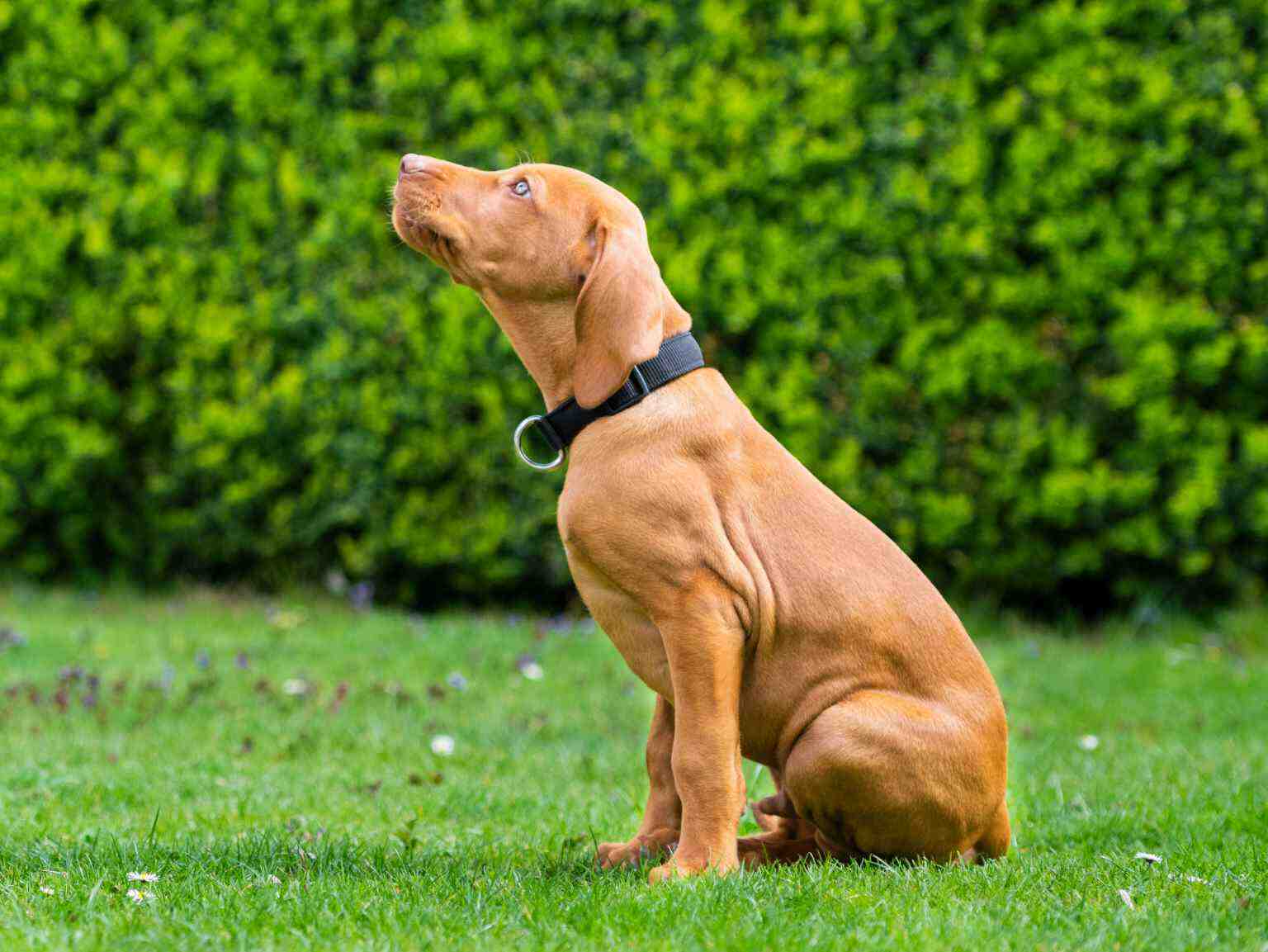
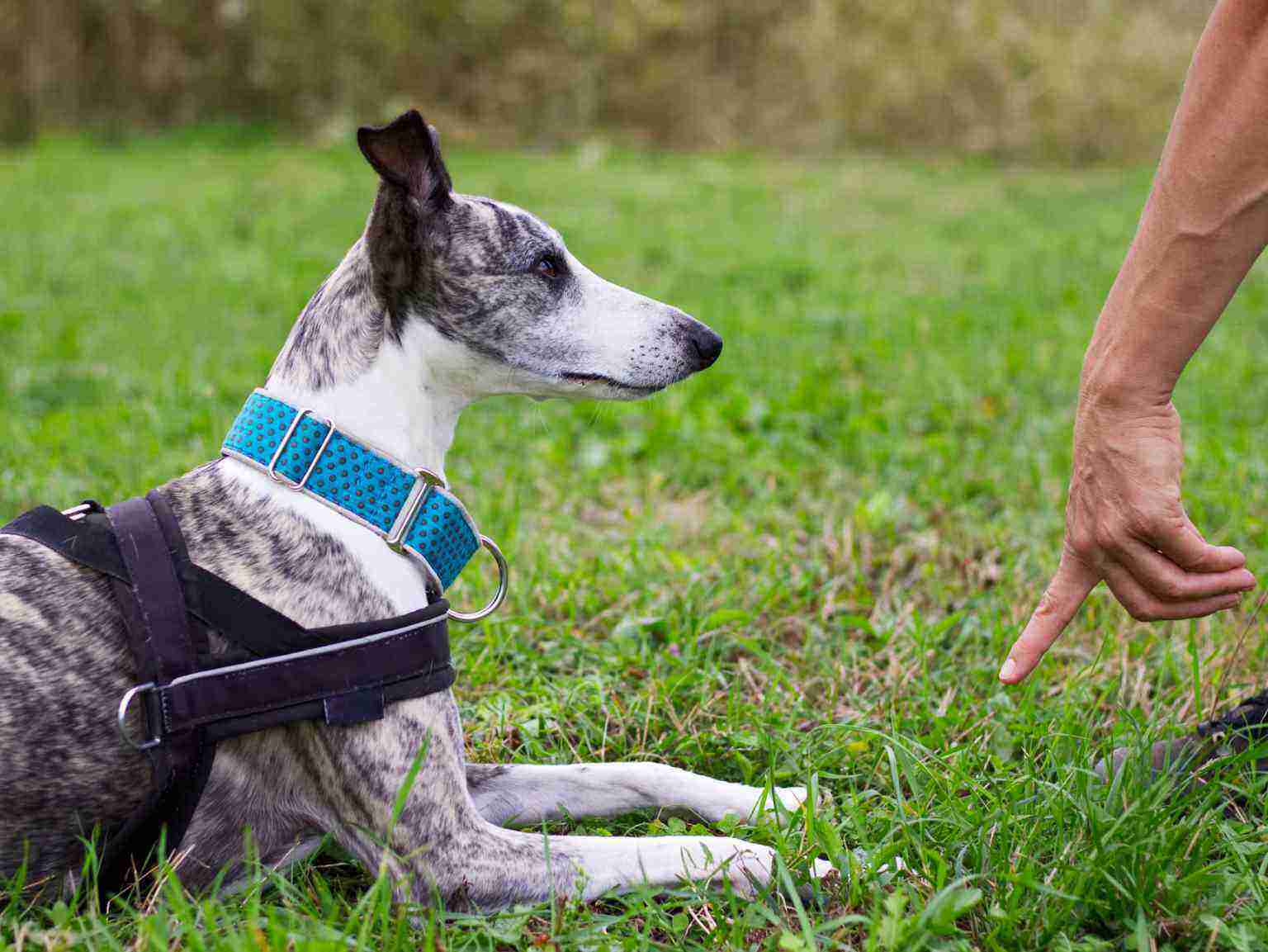
Down
You’ll want to teach your puppy to “down” from both standing and sitting positions. We recommend starting when your pup is sitting. Hold a treat in front of their nose and gradually move it to the ground. As soon as your pup starts to lie down, use the word “down” and reward with lots of love, praise, and the treat!
Come
Start with your puppy on a leash. (A long leash is often very useful during training.) From the sit position, with your puppy’s attention focused on you, give the “come” command. As soon as your pup moves towards you, praise them. Once your puppy consistently comes when they’re sitting, try calling them while they are wandering. If no love, take a step closer to your pup and try again.
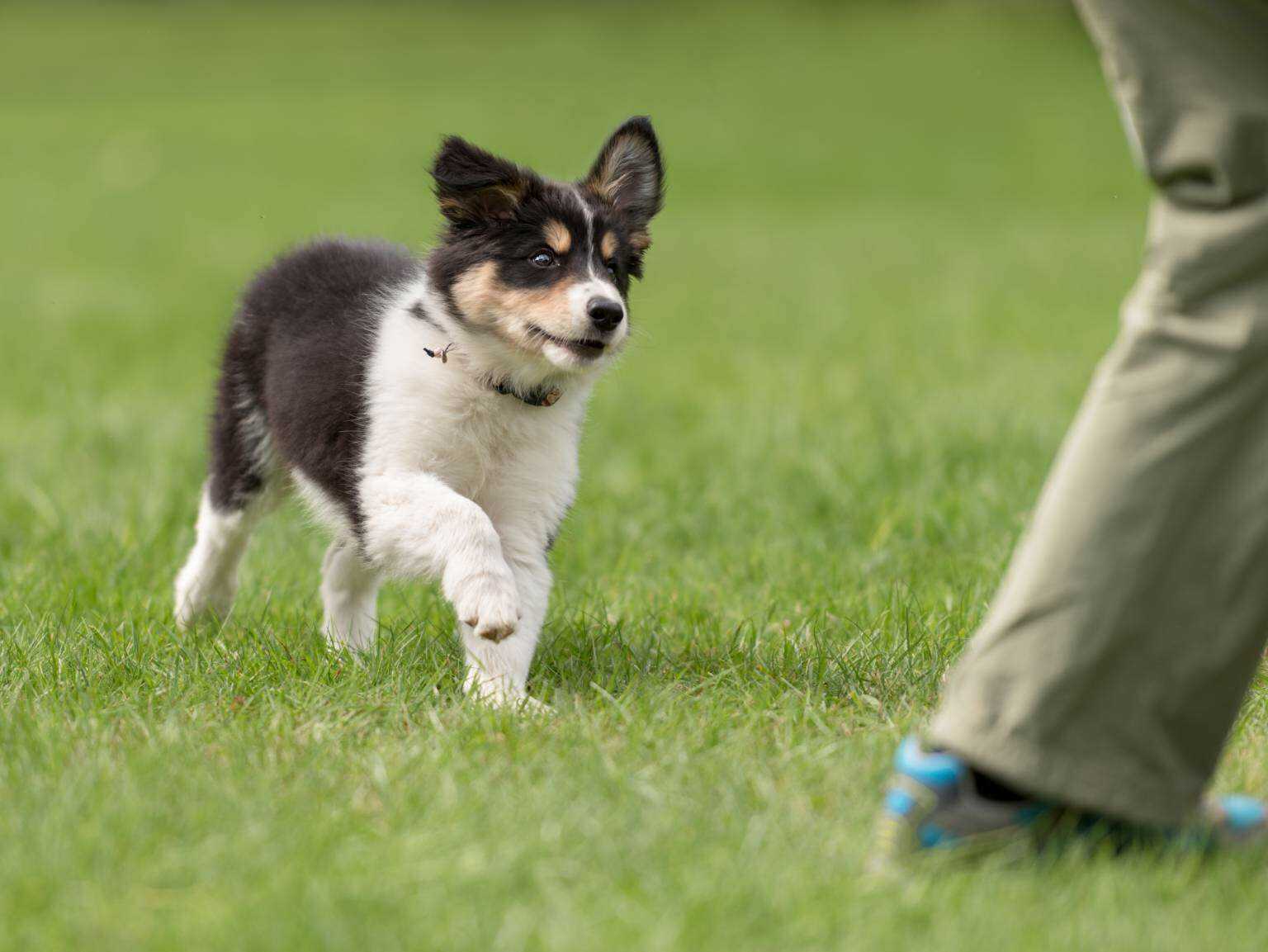
Off-leash training
Is your pup ready to graduate to off-leash training? We recommend using a confined area, like a fenced yard or a private tennis court, to make sure your puppy is safe and doesn’t wander off too far. Let your pup romp around off their leash, then call out to them once. If they come when called, provide lots of love and praise. If they don’t come, go retrieve them, put on their leash, and start over again. If your pup continues to ignore off-leash commands, return to on-leash training until your puppy gets the idea that they’re supposed to run to their owner when called!
Barking during training
It’s important to discourage barking while training. It only reinforces the barking behavior and encourages them to continue. It’s okay to ignore brief occasional barking, because it’s totally natural. However, persistent barking should be corrected with a command word, like “quiet.” Don’t forget to reward them for following the command.
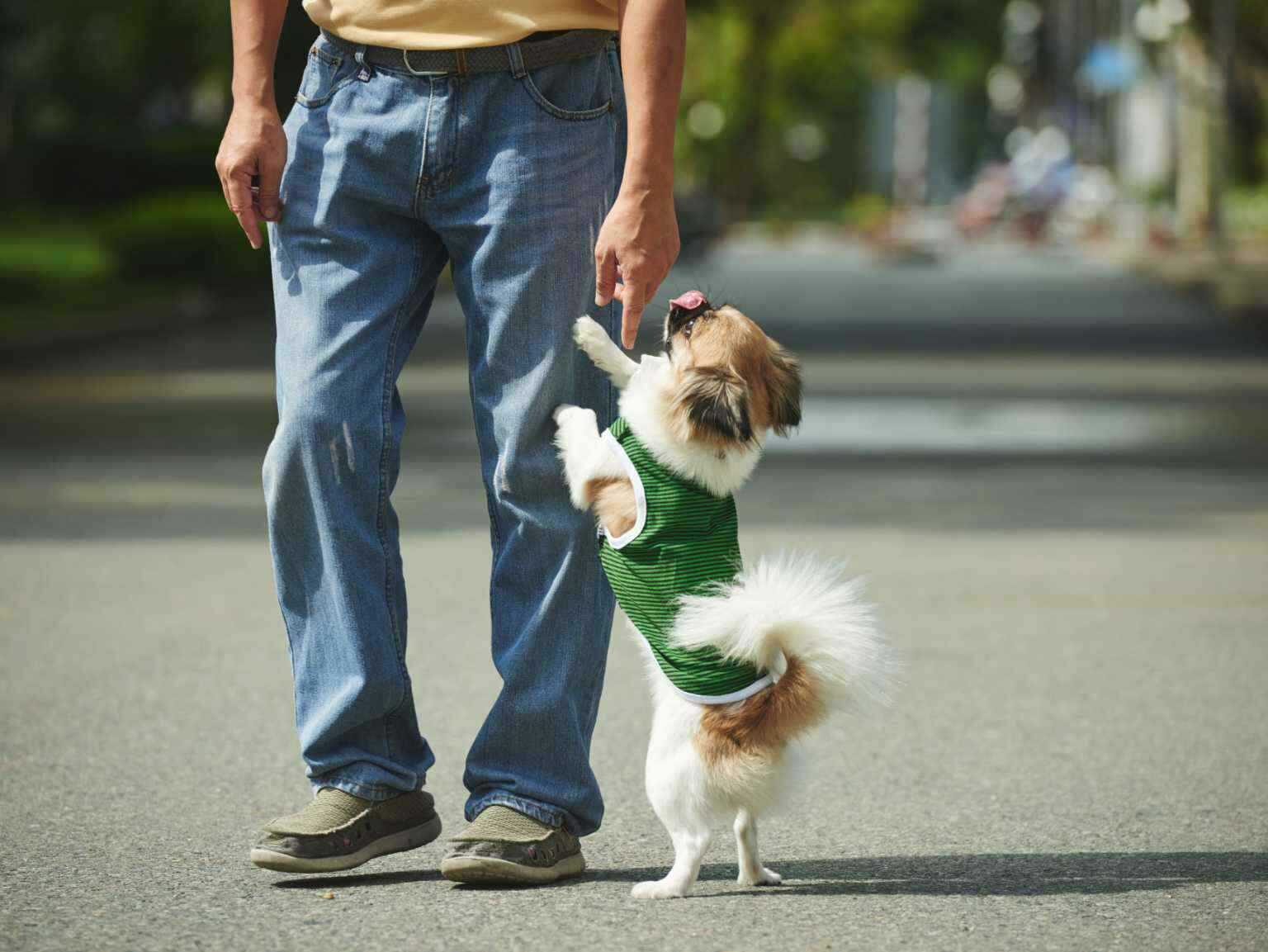
What if my puppy just won’t listen?
Sometimes your pup’s lovable puppy energy is just too much for a learning session. In some cases, a walk or run might help get all that extra energy out. Or, a quiet, cuddly time-out with you in another room may help your pup to settle down.
You’re the leader of the pack
Your puppy wants to please you and be part of the family. Consistency and training provide structure. Once your puppy understands what you expect, it can even help to reduce stress and anxiety and make for a happier pup.
Looking for more guidance or referrals to obedience training in your area? Your veterinary team may know about local resources. And if you suspect a health issue is getting in the way of training, please come in so we can help.
Make an appointment
 Mites and mange
Mites and mange Podcast - Not Just Fluff
Podcast - Not Just Fluff
